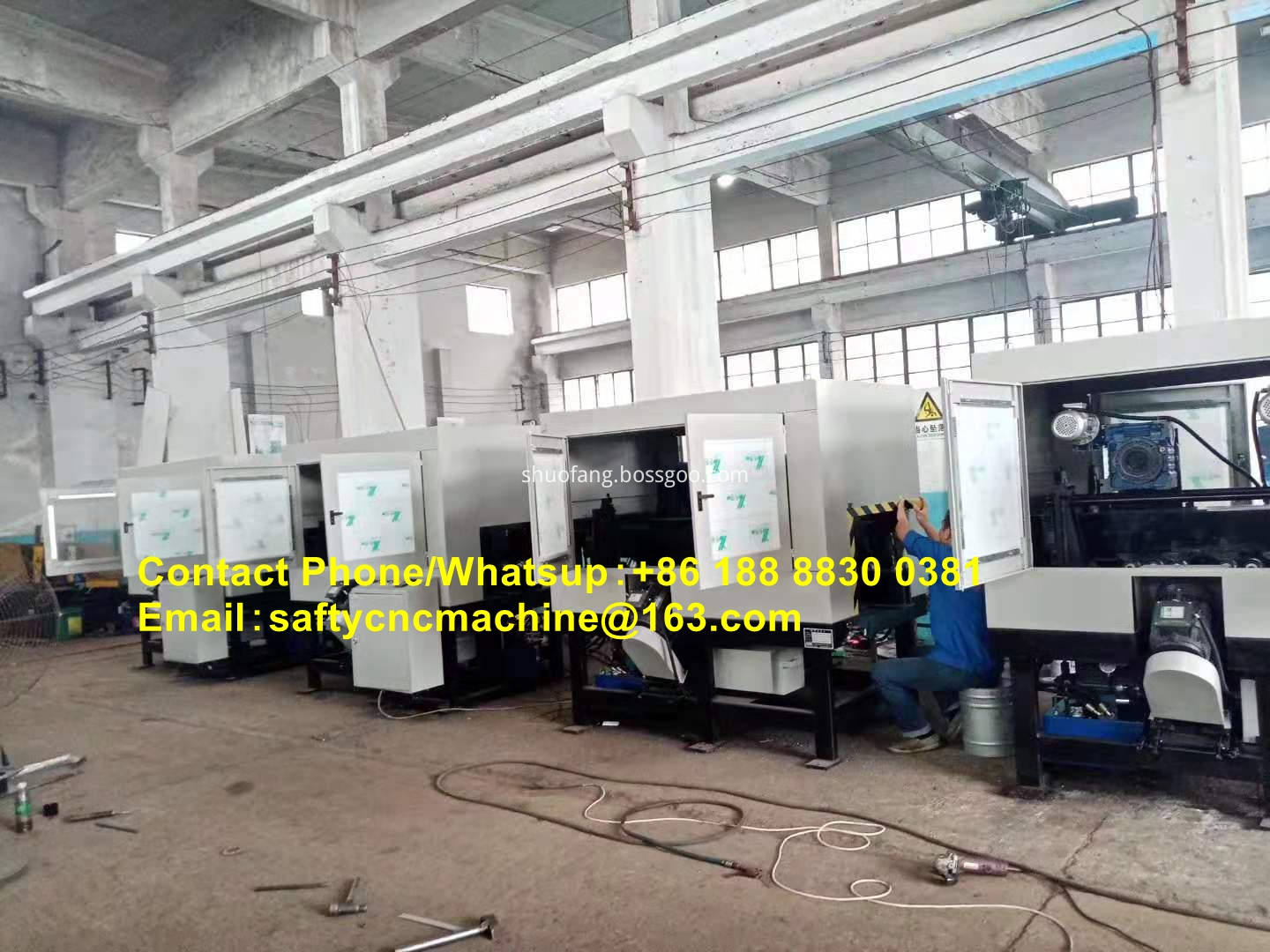According to a report from the American Physicist Organization Network on March 2 (Beijing time), scientists at the American Diabetes Institute have developed a revolutionary oxygen-producing biomaterial that can supply insulin-secreting cells with the oxygen needed for survival. This is the first time that scientists have successfully used biomaterials to transfer oxygen from the body to β cells, representing a major step towards achieving the goal of “developing insulin-secreting cells to foster alternative sites.†The results of the relevant research are published in the “Proceedings of the National Academy of Sciencesâ€.
A major problem faced by transplanting cells such as beta cells is that they need to meet the higher nutritional requirements of these cells after transplantation. In the initial stages of transplantation, these cells cannot function as a vascular network, delivering oxygen to cells, and thus the cells are in a state of “starvation,†resulting in massive cell death.
The research team developed a new oxygen-generating material called polydimethylsiloxane-peroxide (PDMS-CaO2) that has the ability to generate oxygen when exposed to water. This spontaneous oxygen production can create a eutrophic environment with continuous oxygen supplementation for more than 6 weeks. Researchers said that they have been working to provide the best cultivated environment for transplanted islets similar to the "mini pancreas" to increase the potential survival of beta cells. This oxygen-producing biomaterial can provide the oxygen supplement required by the islets and act as an oxygen bridge until the blood vessels form, providing natural oxygen to the insulin-secreting cells, and the oxygen's persistence and total amount can be effectively controlled.
In the study, researchers also used a three-dimensional model similar to a bioengineered scaffold to show how oxygen-producing materials can avoid cell death. Based on this promising outcome, scientists will shift the focus of future research to transplanting implants. The ultimate goal is to maintain the viability of the islets during the risk of transplantation.
This new way of continuously delivering oxygen in the microenvironment is essential for improving the activity of transplanted cells. It is particularly effective during the late stages of fragile transplantation to provide adequate nutrients and oxygen for transplanted tissue as new blood vessels grow. Scientists said that they have been greatly encouraged by the research progress they have achieved and that they have far-reaching implications for the future application of this achievement to millions of diabetic patients. (Reporter Zhang Hao)
1.Automatic continuous feeding, unlimited length, improve production efficiency and reduce production costs.
2.It adopts numerical control, running information and status feedback in time, and the operation is simple.
3.The use of numerical control program adjustment ensures the machining accuracy of the workpiece.
4.Hydraulic clamping of the material, smooth operation, to ensure the processing accuracy of the workpiece.
5.The device is simple and convenient to operate, safe and reliable in performance, and high in production efficiency.


Heel Milling Machine,Milling Machine for Angle Steel Heel,Angle Steel Heel Milling,Steel Angle Milling Machine
Shandong EN FIN CNC Machinery Co., Ltd , https://www.sdfincncmachine.com